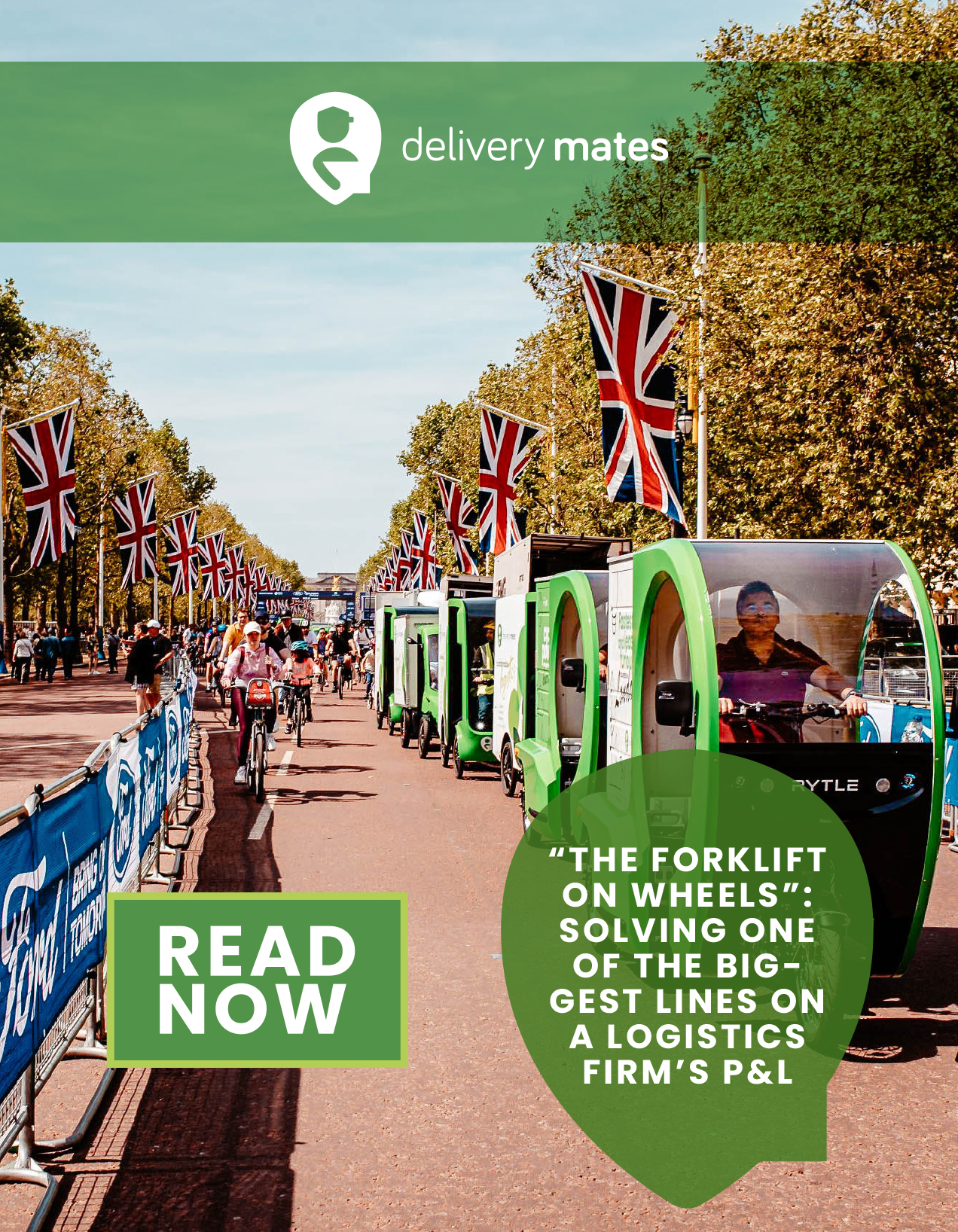Measures such as road humps and changes in relative road width substantially reduce driver speed and casualties on 20mph limit roads, according to new research by the Parliamentary Advisory Council for Transport Safety (PACTS).
Titled ‘Lower urban speed limits in Europe – what does the evidence show?’ (LUSTRE), the report studied the introduction of 20mph limits from the early 1980s to 2020 in six countries in Europe and in the UK.
It found that the effectiveness of 20mph schemes in achieving speed and casualty reductions greatly depends on the presence of additional traffic calming measures such as road humps.
Schemes without traffic calming measures yield modest speed reductions (1-2mph on 25mph roads or 3-5mph on 30mph roads). Where physical measures are implemented, speeds typically drop below 20mph in both cases.
In the UK, schemes that rely solely on 20mph speed cap signage result in around 11% fewer casualties This figure rises to 40% on roads with physical measures.
Margaret Winchcomb, Deputy Executive Director at PACTS, told Zag Daily that road safety is a major concern for many people considering a switch to more active modes of transportation.
“At 20mph, someone cycling is likely to survive an impact with a motor vehicle, whereas at 30mph the person cycling is significantly more likely to be killed,” said Winchcomb.
“This report shows that encouraging drivers to keep within 20mph limits needs more than just signs and markings.
“Public money spent on self-enforcing 20mph zones has substantially greater effects on reducing average speeds and subsequently casualty numbers.”
Technology to ensure compliance
To help curb poor compliance of 20mph speed limits, the study recommends that Intelligent Speed Assistance (ISA) systems are placed in vehicles to alert drivers if they exceed the speed limit.
“Longer-term, technology in vehicles, rather than the road layout, will help drivers stay within speed limits,” said Winchcomb. “PACTS will continue its campaign for the adoption of the General Safety Regulations, which includes fitting Intelligent Speed Assistance (ISA) on every new vehicle as standard.”
“Safe speeds” are one of the five foundations of the PACTS Safe System approach to road safety. It aims to prevent fatalities and serious injuries by managing crash forces and accounting for human error, as well as other elements of the road system.
This research was carried out by PACTS and an international team of road safety experts, and was made possible by funding from The Road Safety Trust.










